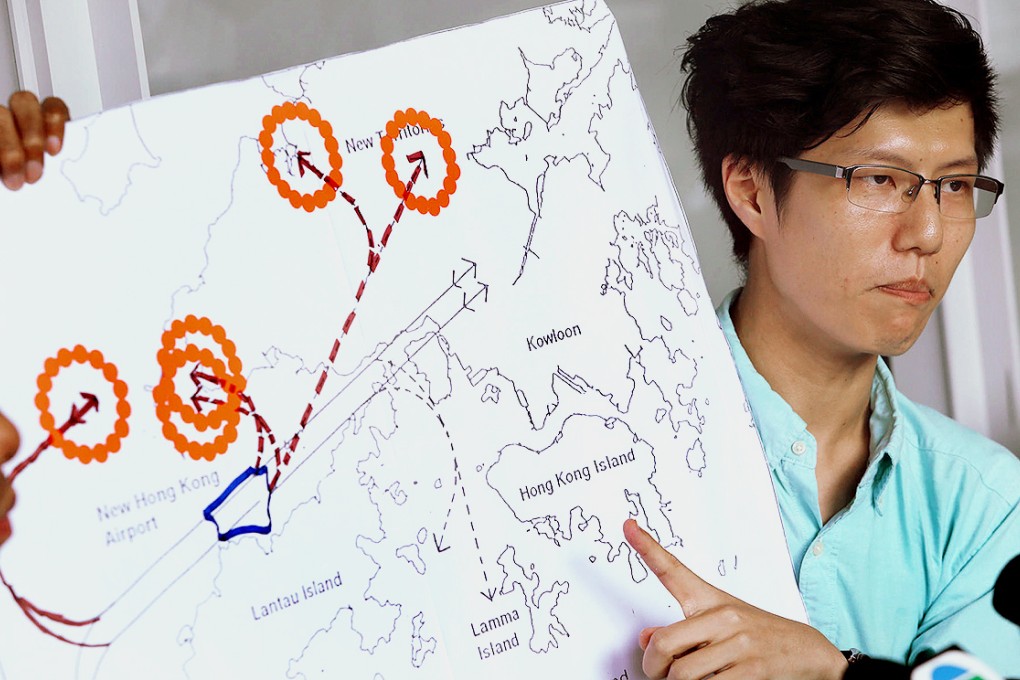Millions of Hong Kong fliers delayed by mainland military restrictions
About 100,000 flights using Chek Lap Kok each year have up to 20 minutes added to flight time thanks to height restrictions, analysis shows

About 100,000 flights carrying almost 15 million passengers to and from Hong Kong airport each year are affected by military airspace restrictions, analysis of official civil aviation data shows.
Environmental group Green Sense and the Airport Development Concern Network revealed their analysis yesterday, pointing out that a so-called "sky wall" imposed by the PLA was extending flight times by between 10 and 20 minutes.
"We found that, between 2010 and 2012, about 30 per cent of planes needed to fly through this 'sky wall'. It is not the 23 per cent the Airport Authority has claimed," network spokesman Michael Mo said.

The city's proximity to mainland airspace meant the flights leaving Chek Lap Kok had to fly in circles to reach that height, Tam said.
He said that meant each flight wasted 10 to 20 minutes flying in circles to reach an altitude of 4,785 metres. The reverse applied for flights arriving in Hong Kong.